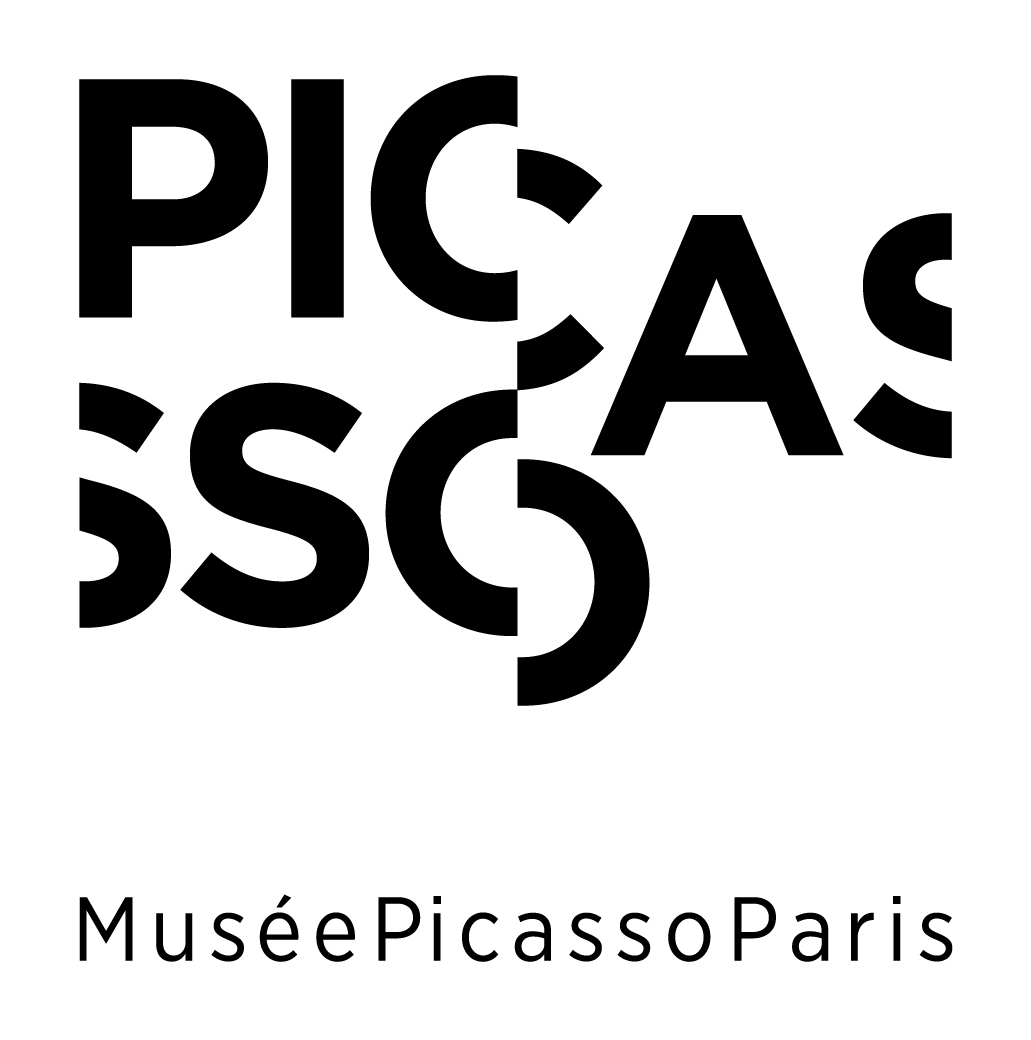0.1
1.Welcome to the “Faith Ringgold : Black is Beautiful” exhibition!
Born in New York City in 1930, Faith Ringgold is an African American artist well known in her native United States. A painter, sculptor and writer, her work carries political messages. An activist artist, she fights to end the discrimination faced by people of colour and women in American society. To help you find your way through the rooms, look for the ( ) symbol. It will guide you around the exhibition.
2.Faith Ringgold, "Early Works #25: Self-Portrait", 1965
Do you know what a self-portrait is? It’s a highly developed genre in which the artist paints their own portrait. Faith Ringgold became part of this long tradition by painting her own self-portrait at the start of her career. But for her, this painting has a very special meaning. In the 1960s, artworks by Black women artists were rarely exhibited in American museums. Through her self-portrait, in which she represents herself proudly, Ringgold tries to show that she has a rightful place in society and the art world.
3.Being Black People in the United States during the 1960s
In the 1960s, Black Americans made up about 10% of the population of the United States. Many of them were descended from slaves deported from Africa. Although slavery was definitively banned in the United States in 1865, Black people did not obtain the same rights as white people. For example, they could not go to the same schools, take the same buses, or visit the same hospitals as other citizens. To fight against this injustice, Blacks and whites alike came together in what is known as the “civil rights movement”. These included the pastor Martin Luther King, one of the most famous figures in this battle for equality. The laws that allowed discrimination against Blacks were abolished in the 1960s, almost 100 years after the abolition of slavery. However, this past still weighs very heavily on the United States, where Black Americans continue to suffer from a great deal of inequality today.
4.Faith Ringgold, "Black Light Series #9: The American Spectrum"
What an unusual shape for a painting! This painted strip looks like a colour chart. Faith Ringgold starts from the darkest brown colour and continues to the lightest tone. The title of this work is The American Spectrum. In the physical sciences, the word “spectrum” refers to the various colours that make up white light. Did you notice the faces in the different sections? By going from brown to beige, Ringgold is trying to represent the diversity of the American population.
0.3
5. Faith Ringgold, "American People Series #20: Die, 1967"
On 26 April 1937, during the Spanish Civil War, the bombing of the village of Guernica killed hundreds of people. Pablo Picasso painted one of his most famous paintings in condemnation of this atrocity. From 1939 to 1982, this painting was kept at the Museum of Modern Art in New York. Faith Ringgold would go there regularly to see it. In the late 1960s, many people in the United States were killed during demonstrations for Black rights or because they rose up against the injustices they were suffering. In response to this violence, Ringgold took inspiration from Guernica and created this large painting that represents men and women, Black and white, killing each other.
6.Faith Ringgold, "Women's Liberation Talking Mask", 1973
This is one of the first masks created by Faith Ringgold. Look at the hair! It’s made of raffia, a plant fibre that comes from a palm tree found in a number of African countries. In some parts of Africa, masks are extremely important artworks. They are usually made to be worn during ritual ceremonies. For Ringgold, drawing inspiration from African art is a way of reconnecting with her origins and showing that she is proud to be a Black female artist.
0.5
7.What is a quilt ?
Since the time of slavery, Black women in the United States have been stitching quilts by sewing scraps of cloth together. Faith Ringgold was inspired by this craft to invent a new form of artwork that she refers to as a quilt, which combines painting, sewing and writing. These mixed-technique works tell stories that she herself has made up. On each version, there are always three areas: the main image in the centre, the text at the top and bottom, and a frame of floral fabric around the outside.
8. Faith Ringgold, "Le Café des artistes, The French Collection Part II, #11", 1994
The quilts in this room tell the story of Willia Marie Simone, a young Black American woman who moved to Paris to become an artist. Here we see her standing between two tables with men seated around them. These include Vincent Van Gogh, recognisable by his beard and red hair. Willia Marie Simone is delivering a speech to defend the place of Black women artists. She says: “Modern art is not yours or mine. It is ours”. Faith Ringgold depicted herself on the far right, sitting at the end of the table: can you spot her?
Vestibule
9.Faith Ringgold, "Tar Beach II [La plage de goudron II]" 1990
For her Woman on a Bridge series, the Faith Ringgold produced five works inspired by her childhood memories. They feature Cassie, an 8-year-old American girl who dreams of flying above the rooftops and bridges of New York. This story was such a success that Ringgold decided to turn it into a children’s book to encourage youngsters to follow their dreams. Here, Cassie is depicted three times: in the foreground, lying beside her brother and gazing at the stars, and twice above the bridge in the background.

